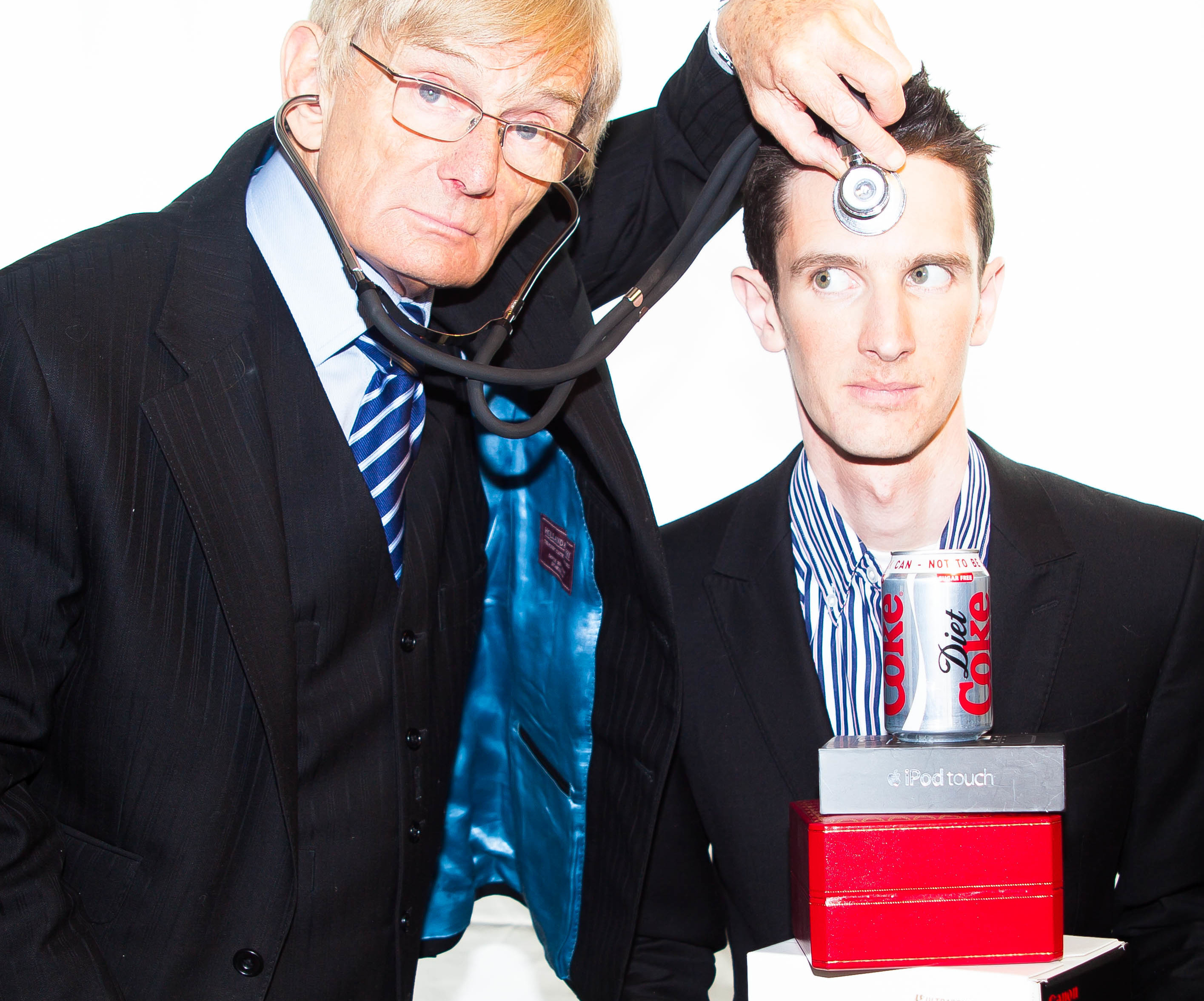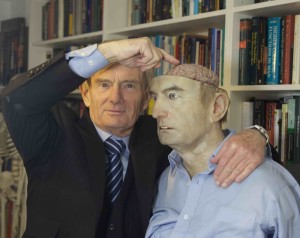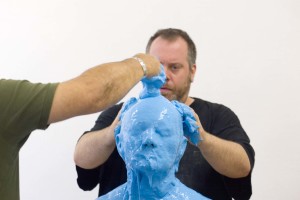We all like to think of ourselves as careful shoppers. Rational calculating machines who weigh up the costs, compare the quality, objectively compare and evaluate a wide range of options, do the maths and only reach for credit card or cash after long, slow and cautious deliberation.
Of course there are some people who always shop like this and most of us will do so from time to time. The truth if, however that, many of our purchases – even the big ticket items – are spur of the moment buys that we later struggle to justify to our self or to others.
But while such impulse buys, some retailers dub them ‘splurchases’, may not be good for our bank balance they are certainly good for business.
In the UK and USA alone, shoppers currently spend some £24 billion a year on impulse buys. In Britain these account for between 45 and 100 percent of retail turnover while in the United States approximately 62 percent of supermarket sales and 80 percent of luxury good sales are made up of impulse purchases. Surveys have shown that nine out of ten consumers impulse buy at least one item per shopping trip, with more than half admitting to as many as six. This is estimated to amount to a lifetime spend of around £50,000 for each individual.
What sort of things do people impulse buy?
When I went out with a film crew to question shoppers in the up-market town of Kingston-on-Thames, a few miles west of London, answers ranged from items of clothing to smart phone and from a $2,000 bike to a new home. https://www.youtube.com/watch?v=Ezb2svQ72qM&feature=em-upload_owner&noredirect=1
The reasons why consumers splash their cash so impulsively has been the subject of extensive studies by researchers like myself by and heated debate among retailers for over sixty years. One of the earliest to investigate the topic was William Applebaum of Stop & Shop Inc. (1) As early as 1951 he pointed an accusing finger at sales promotion and advertising.
In 1962 Hawkins Stern, an Industrial Economist at the Stanford Research Institute in Southern California, identified four main types of impulse buy.
(1) Pure impulse buying: is a novelty or escape purchase which breaks a normal buying pattern.
(2) Reminder impulse buying: occurs when a shopper sees an item or recalls an advertisement or other information and remembers that the stock at home is low or exhausted.
(3) Suggestion impulse buying: is triggered when a shopper sees a product for the first time and visualises a need for it.
(4) Planned impulse buying: takes place when the shopper makes specific purchase decisions on the basis of price specials, coupon offers and so forth. (2)
Retailers devote much time and money to identifying the most effective ways of pressing each of these four ‘buy buttons’ as customers roam the aisles.
Some twenty years later Dennis Rook, a Research Associate with DDB Needham Worldwide, suggested that impulse buying – which he described as “pervasive…extraordinary and exciting” – occurs: “When a consumer experiences a sudden, often persistent urge to buy something immediately. The impulse to buy is… prone to occur with diminished regard for its consequences” (3)
In the past, perhaps due to the lack of perceived control with which it is associated, many psychologists shared this somewhat negative view of impulse buying. More recent research suggests, however, that shoppers do not, for the most part, consider it a mistake to make spur of the moment purchasing decisions. (4) Only around one in five express any regret for their impulse buys with four out of ten claiming to feel good about them. (5)
Why do we so often give in to temptation?
While shoppers often blame their lack of willpower, the truth is that their impulse buys owe as much to the sophistication of modern marketing, advertising and retailing strategies as to human weakness.
“Marketing and advertising prey on mindless processing by both encouraging it and exploiting it”, comments Erika Rosenberg of the University of California at San Francisco, who points out that their commercial success depends on “people not thinking very much about whether they really need something before they buy it.”
My studies, which involve measuring the physiological responses of consumers while they are shopping as well as tests conducted in my laboratory, support the notion that impulse driven shopping is controlled by desires, emotions and sometimes anxiety, operating below the level of conscious awareness. Motives which the impulse purchase has been made are only then consciously rationalised and explained away.
You might have supposed that, having spent some twenty years researching impulsive behaviour – much of it related to the impulse buy – I would be immune from temptation. Not so. Although less impulsive now than in the past I still find it hard to resist some temptations when shopping.
I also hold some kind of a world record for making the most ridiculous impulse purchase ever. I bought a second head with a removable brain!
This is a life cast, electronically animated, replica of myself which proved not just as expensive, but also time consuming and uncomfortable to have made. It involve sitting motionless for what felt like hours with straws stuffed up my nostrils to allow me to breathe while being doused in a blue plastic gunk and then covered with plaster.
Why did I buy it?
I usually tell people it was to create an attention grabbing centre piece for my lectures on the brain.
While its perfectly true that I do use it for this purpose – and certainly when I rip off the top of my own ‘head’ to display my own rubbery ‘brain’ even those slumbering in the back row sit up and take notice – the truth is it was purely an impulse buy.
One of those spur of the moment ‘splurchases’ which just seemed like a good idea at the time!
References
(1) Applebaum, W. (1951) Studying Customer Behaviour in Retail Stores, Journal of Marketing. Page 172 – 178.
(2) Stern, H. (1962) The Significance of Impulse Buying Today, Journal of Marketing. (April): 59 – 60.
(3) Rook, D. W. (1987) The Buying Impulse, Journal of Consumer Research.14, September: Pages 189–199. Quoted from page 191.
(4) Hausman, A. (2000) A multi-method investigation of consumer motivations in impulse buying behavior. Journal of Consumer Marketing. 17 (5): 403-417.
(5) Rook, D.W. (1987) op. cit.



